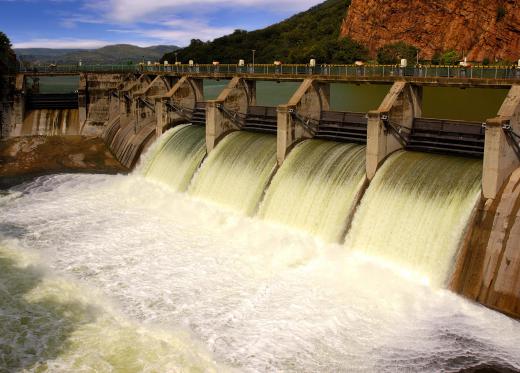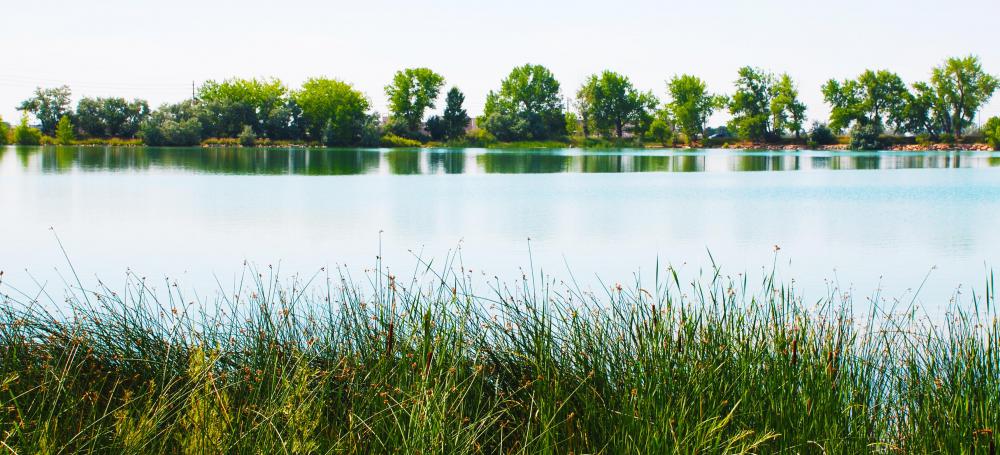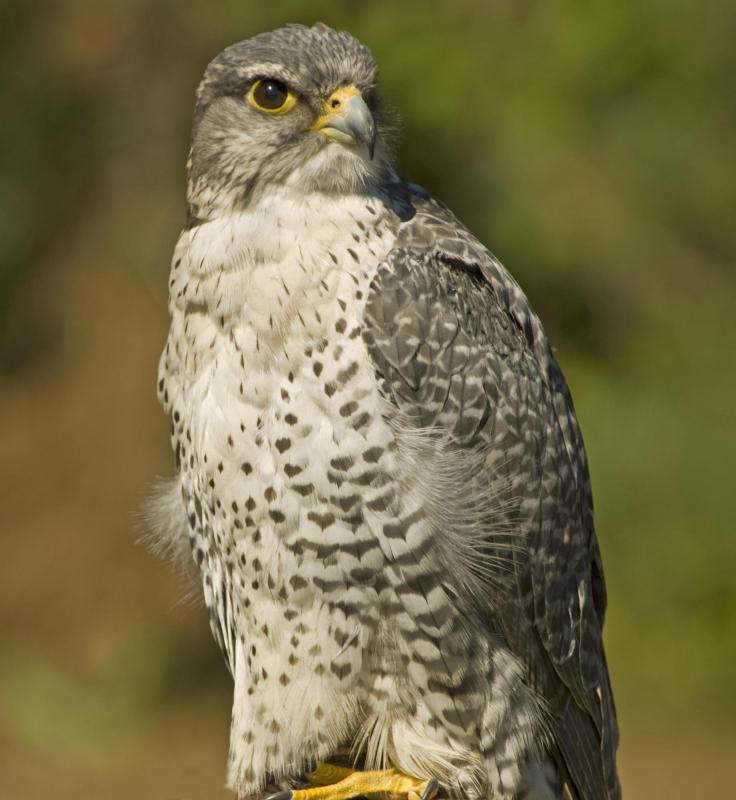At AllThingsNature, we're committed to delivering accurate, trustworthy information. Our expert-authored content is rigorously fact-checked and sourced from credible authorities. Discover how we uphold the highest standards in providing you with reliable knowledge.
What Is Wetland Conservation?
Wetland conservation, at the most basic level, is the practice of preserving wetland habitats for indigenous wildlife and vegetation. It encompasses numerous environmental and wildlife protection efforts designed to preserve the delicate ecosystems of various wetland areas. Such areas are typically understood to mean bogs, marshes, swamps, and other areas with soil sufficiently saturated by water to support plant and animal life accustomed to such environments. Protecting wetlands, aside from preserving the natural wetland habitat, has far-reaching implications, especially for surrounding areas and industries.
Numerous local, regional, and international environmental groups and government agencies participate in wetland conservation efforts. Programs and initiatives include monitoring climatic changes; researching the effects of industry on coastal reefs, interior floodplains and other wetlands; treatment of indigenous wildlife for disease; and placing restrictions on water storage or construction near wetland areas. Depending on specific locations, some government agencies and non-profit groups work with local authorities to monitor the effects of dams and other infrastructure projects on surrounding wetlands.

The goal of wetland conservation is to ensure that wildlife and vegetation indigenous to a specific area have the resources available to sustain the ecosystem. It also seeks the ensure that any changes to that ecosystem do not adversely affect surrounding lands and ecosystems. For example, building a hydroelectric dam can block surface water run-off to surrounding wetlands. Without the necessary surface water, these wetlands can dry up, killing off vegetation and displacing wildlife. The loss of wetlands adversely affects an area's fishing, agriculture, and other industries, not to mention the environmental effects for surrounding areas.

Specific wetland conservation efforts vary depending on local geography; the types of soil, vegetation, and wildlife supported; and available support and resources. Certain locations are presented with different problems, such as carbon dioxide emissions or climatic changes, that necessitate different wetland conservation efforts than another area affected by other problems, like overbuilding or industrial waste. Still further efforts may be required for wetland areas dealing with migratory bird diseases or overpopulation of certain plants or pests.

Intervention by mankind to address locality-specific problems is at the heart of any wetland conservation initiative. Animal conservation and protection of endangered animals, habitat conservation, and protection of wetland resources are all important factors in wetland conservation. Which areas require the most focus vary depending on each area's specific issues and needs, but all efforts are designed with the entire wetland ecosystem in mind. Areas that depend on wetlands for resources typically experience the largest focus, whereas areas with little dependence on wetland ecosystems tend to put off conservation efforts until threats are felt elsewhere.
Frequently Asked Questions
What is wetland conservation?

Wetland conservation involves the protection, restoration, and sustainable management of wetlands to maintain their ecological functions. These ecosystems are crucial for biodiversity, water purification, flood control, and carbon sequestration. Conservation efforts aim to safeguard these habitats from threats like pollution, drainage for agriculture, and urban development.
Why are wetlands important to the environment?

Wetlands are biodiversity hotspots, supporting a vast array of plant and animal species. They act as natural water filters, trapping pollutants and sediments. Wetlands also buffer against flooding by absorbing excess water and reduce climate change impacts by storing large amounts of carbon dioxide. According to the Ramsar Convention, wetlands cover over 6% of the Earth's land surface, providing critical ecosystem services.
What are the main threats to wetlands?
The primary threats to wetlands include drainage for agriculture, urban expansion, pollution, invasive species, and climate change. These activities disrupt the delicate balance of wetland ecosystems, leading to habitat loss and degradation. The World Wildlife Fund reports that 64% of the world's wetlands have disappeared since 1900, highlighting the urgency of conservation efforts.
How does wetland conservation benefit humans?
Wetland conservation benefits humans by ensuring clean water supply, protecting against extreme weather events, and supporting fisheries and agriculture. Wetlands also offer recreational opportunities and cultural value. Economically, they provide services worth billions of dollars annually through flood protection and water purification, as estimated by the Millennium Ecosystem Assessment.
What are some effective wetland conservation strategies?
Effective wetland conservation strategies include establishing protected areas, restoring degraded wetlands, implementing sustainable agriculture practices, and enforcing laws that regulate water quality and land use. Community involvement and education are also key to promoting stewardship and sustainable use of wetland resources.
How can individuals contribute to wetland conservation?
Individuals can contribute to wetland conservation by supporting wetland-friendly policies, participating in local restoration projects, and reducing their environmental footprint. Simple actions like conserving water, reducing the use of pollutants, and spreading awareness about the importance of wetlands can collectively make a significant impact on preserving these vital ecosystems for future generations.
AS FEATURED ON:
AS FEATURED ON:















Discuss this Article
Post your comments